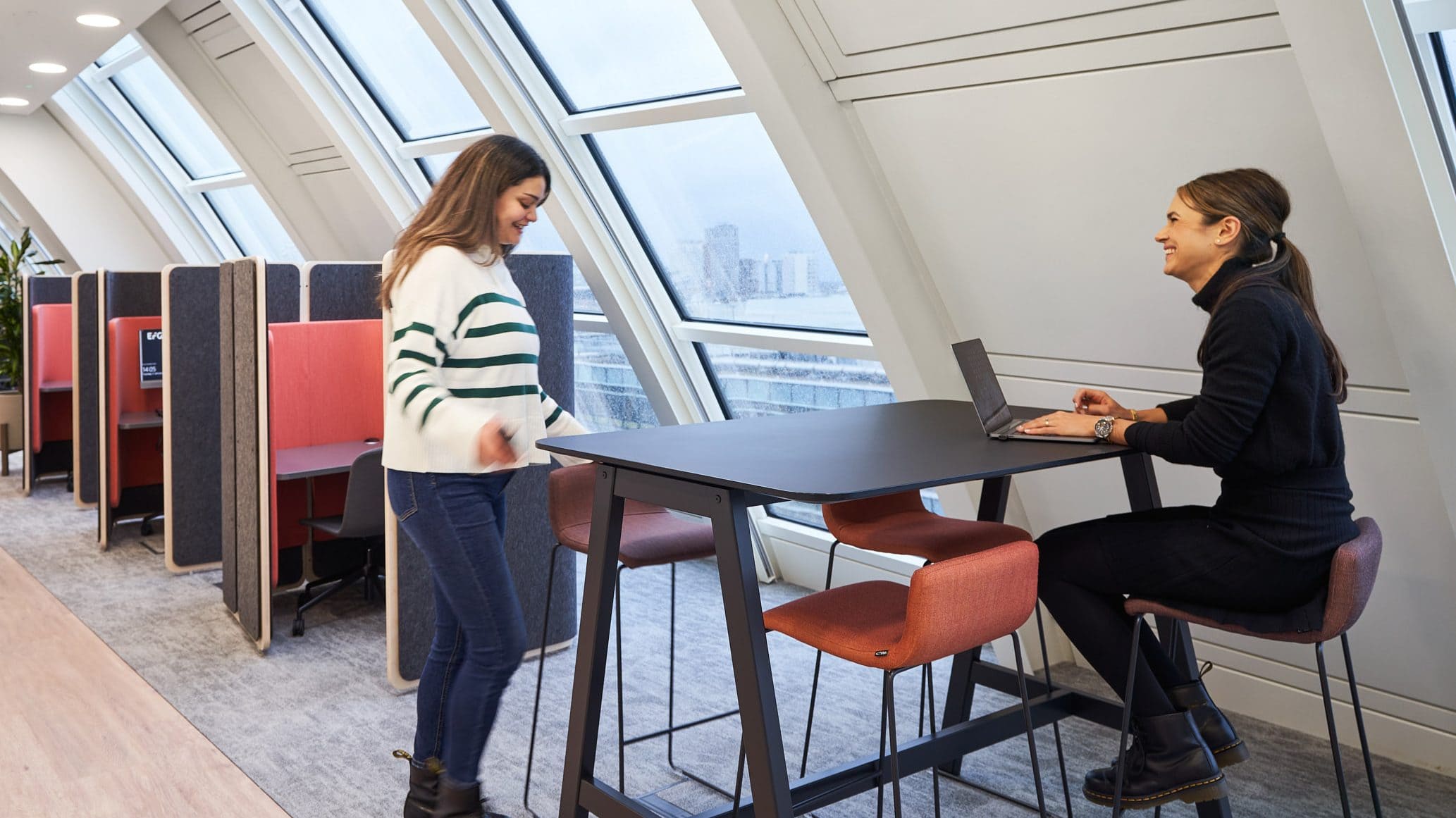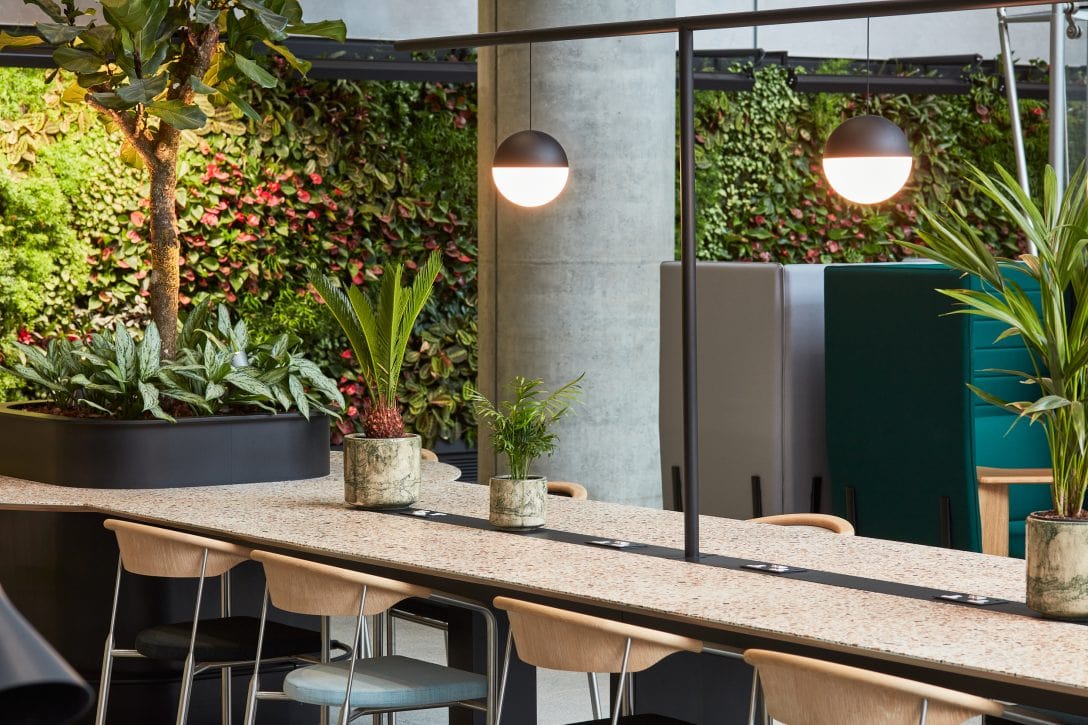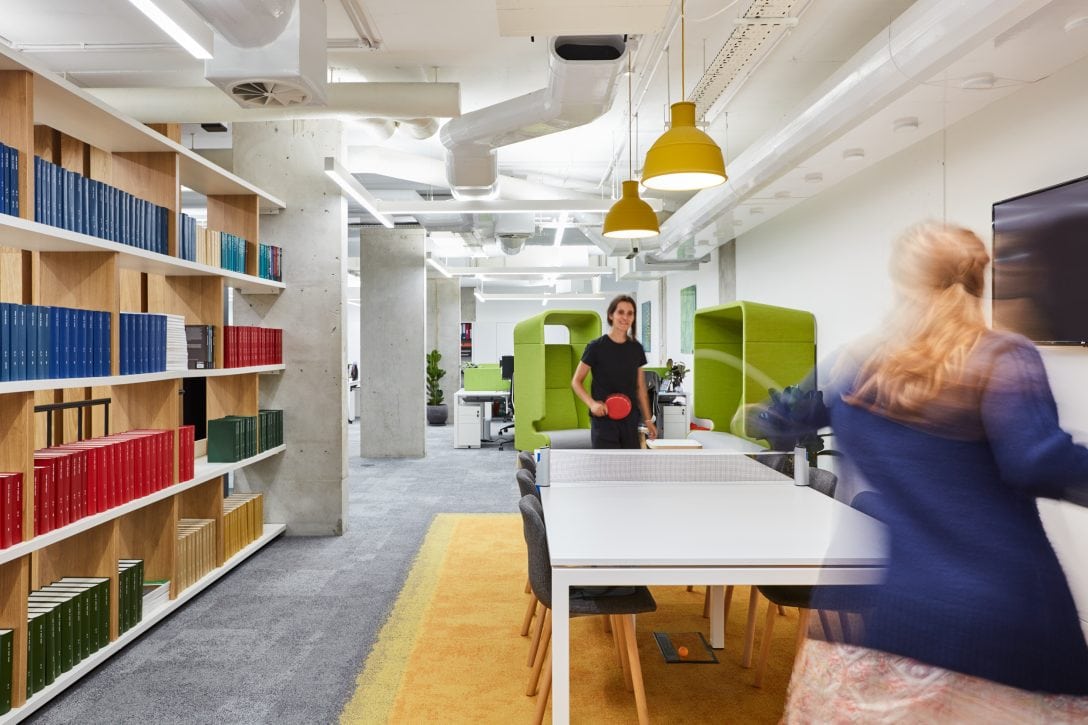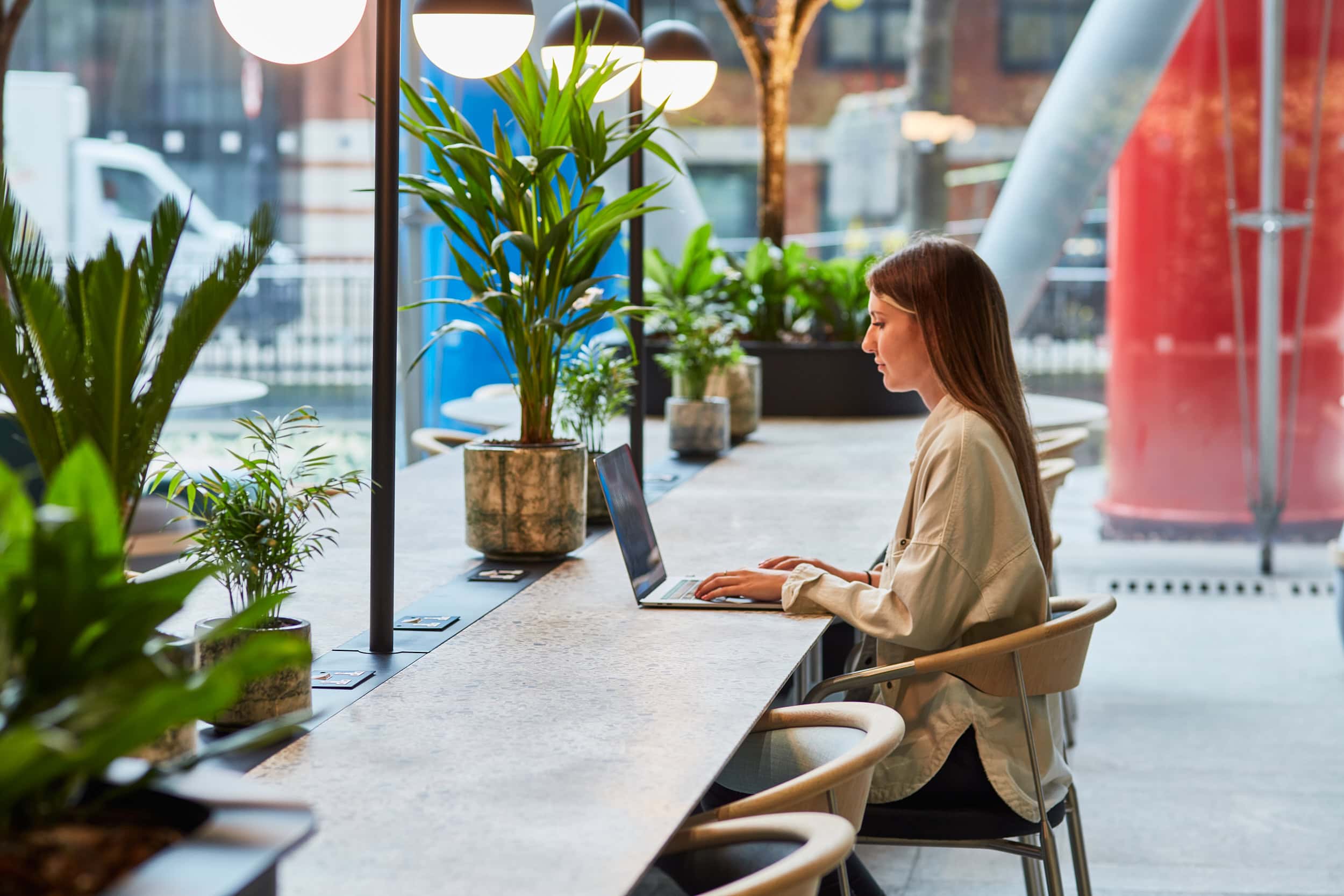Unraveling the impact of well-being office design on mental health
Unlocking the potential of wellbeing office design, explore the intersection of office design and workplace mental health.

Part of achieving enriching workplace wellness is creating well rounded spaces so that employees can harness their full potential. Most recently we’ve seen a workplace mental health and wellbeing movement infiltrate the office design and build industry, aimed at creating complete office environments that not only serve to make work, but make spaces synonymous with physical and mental well-being.
This realisation that design can deliver sustainable value to one’s physical well-being is now starting to overturn into mental well-being and has unleashed a proliferation of mental health themed research in the workplace design industry, sparking recognition for innovation in this space.
While research and understanding towards better integration of workplace design and mental health promotion is ongoing, there are some recognized areas we are able to make an impact now in order to help mitigate risk factors and contribute to better mental health and happiness in workplace environments.
1. Access to nature in the course of people’s daily work routines
Research consistently finds links between green spaces and mental health well-being. Greenspace has been associated with reduction of both stress and depression, as well as improved social and cognitive functioning.
Immediately we think of incorporating biophilia into the workplace, placing plants and green walls amongst office space. Biomimicry, the imitation of nature structures and systems can also be considered for its ability to capture people’s attention without the concurrent need for concentration that typifies non-natural settings.

2. Integrating activity into people’s daily work routines
Most commonly placed as a physical health intervention, exercise can also be considered a design opportunity for mental health, improving mild and moderate depression, reducing stress and alleviating anxiety symptoms.
A key opportunity to harness this is by reducing opportunities for staff to spend the day completely sedentary. Introducing more agile work environments will encourage staff to move around during their work day, while inviting break out space will get people up and out of their desk positions during down times.

3. Creating comfortable social spaces to support workplace mental health
The link between mental health and strong social connections is increasingly understood as one of the key opportunities for mental health promotion. Creating connections is an objection easily attainable in workplace design. Creating features in projects such as breakout areas and open plan kitchen areas facilitates positive, safe and natural interactions amongst staff embedding a sense of community, integration and belonging.
A stimulating, variable workplace environment supports people in realising their potential and in turn has a sustainable positive effect on user mental health. We are passionate about creating positive and supportive office environments that support your workplace wellbeing programmes. AIS are committed to furthering the next wellness movement in the workplace.
Contact us today to explore how our commitment to workplace wellness can elevate your organisation’s potential and foster a positive, supportive atmosphere for all.

